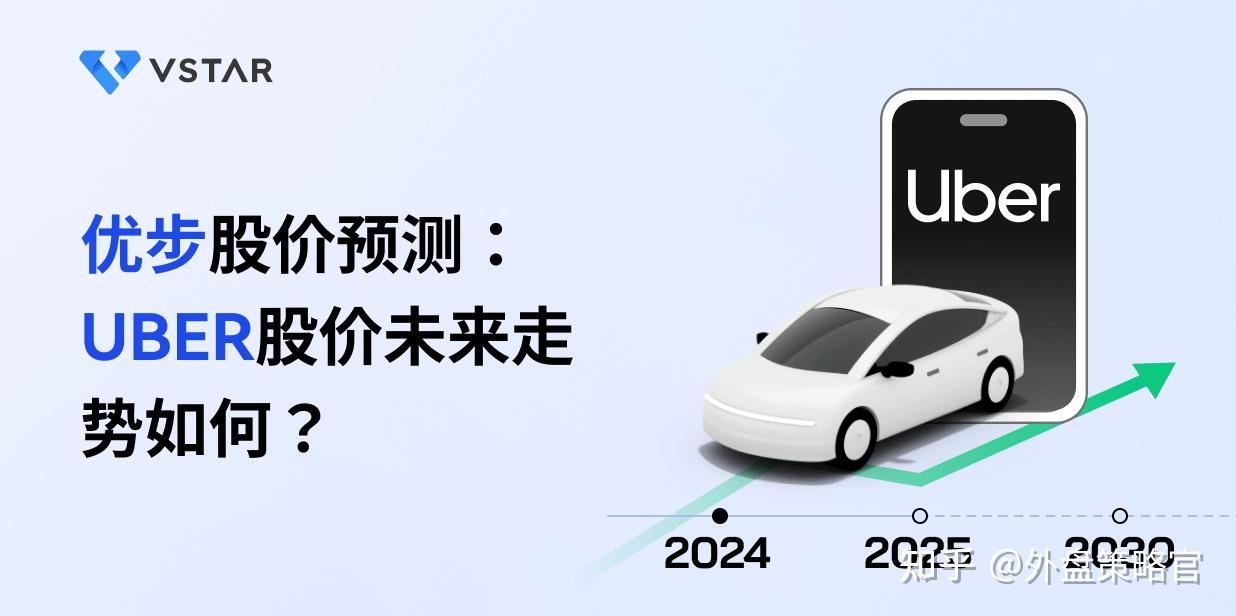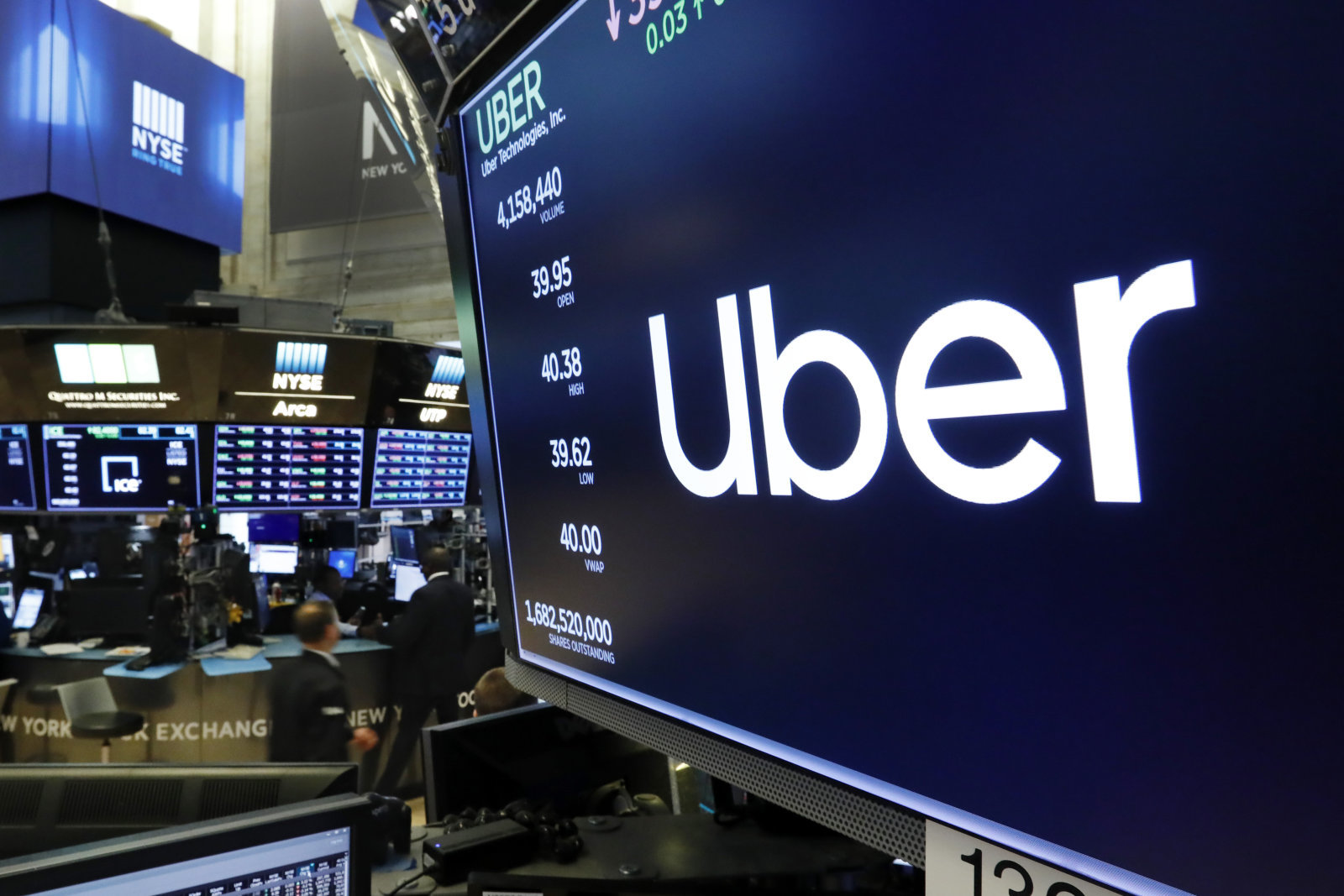Amid the vast ocean of tech stocks, Uber is like a giant ship cutting through the waves. Although the passengers on deck occasionally stir at the sight of distant storm clouds, seasoned sailors know that this vessel's keel is sturdy enough to navigate toward broader horizons. Like a modern cruise ship equipped with multiple stabilisers, Uber's business landscape expands beyond ride-hailing. Branching into food delivery, freight logistics, and other domains. This diversified layout allows it to withstand the turbulence of any single business line. A closer look at the engine room of this business behemoth reveals that its power system is running at full throttle. Over the past few years, Uber's revenue has doubled, and its free cash flow has soared to an astonishing $7 billion — akin to a ship not only increasing its speed but also optimizing its fuel efficiency. Even more exciting is that the "navigation system" on this ship — Uber's management — has demonstrated a sharp market instinct. From focusing solely on ride-hailing in 2009 to launching Uber Eats in 2014, and now investing in autonomous drying technology, this ability to adapt and innovation has kept Uber at the forefront of business trends.

What sets Uber apart is not just the scale of its business but also the ecosystem it has built. Imagine an ever-expanding spider web where each new line strengthens the entire structure and multiplies its value. The two-sided network effect between drivers and passengers serves as the warp and weft of this web — the more people use it, the greater the value it provides to all participants. The vast amount of mobility data Uber has accumulated is like the spider's ability to sense vibrations, enabling it to accurately capture market dynamics. This ecosystem is displaying remarkable resilience. When the pandemic tsunami hit the mobility market, Uber Eats acted as a lifeboat, propping up the company's revenue. As the tide of economic recovery surged back in, the ride-hailing business once again set sail. This counterbalancing business mix allows Uber to ride the peaks and troughs of the economic waves like an expert surfer. Moreover, as the synergy between its various business segments strengthens, Uber is transforming from a mere transportation platform into a comprehensive provider of urban mobility services.

The current market concerns about Uber are like the reefs exposed during low tide seemingly perilous, but often submerged again when the tide returns. The threat of autonomous driving technology has been grossly exaggerated, akin to fearing that aeroplanes will replace ships - such a transition could take decades. In the meantime, Uber can easily mitigate this risk by investing in or partnering with relevant tech companies, turning potential disruptors into collaborators. More importantly, Uber's financial outlook is showing signs of dawn Analysts predict double-digit revenue growth in the coming years, coupled with improved profit margins driven by economies of scale — akin to catching a favourable current while sailing with the wind. When the market eventually realizes that the current pessimism is an overreaction, like the low pressure before a storm, the stock price could surge like the rising tide. For long-term investors, Uber's stock is like a cargo ship waiting in port, loaded with undervalued goods, ready to set sail once the market winds shift.
This flagship of the sharing economy has already proven its ability to weather the. Storms of business cycles. While the journey requires constant vigilance over obstacles like autonomous driving and regulatory policies, Uber's adaptability and innovative spirit give it the potential to continue leading the way in the vast ocean of the digital economy. For investors, instead of worrying about distant storms from the shore, it's wiser to believe in the long-distance capabilities of this great vessel and sail with it toward the shores of value discovery.


Understanding Artificial Assets: Bridging Crypto with Traditional Financial Instruments

Financial Health of Young Adults: Digital Banking's Role

Diversifying Assets: A Middle - Class Blueprint

The Psychology Behind Buying Funds at Their Peak

The Great Currency Shift: Are You Ready?

The Secret to Wealth: Every Penny Has a Purpose

Capital Gains: An Active Income Approach to Building Wealth
